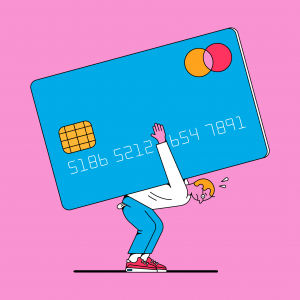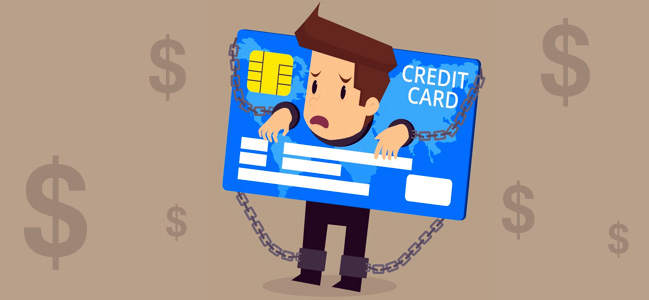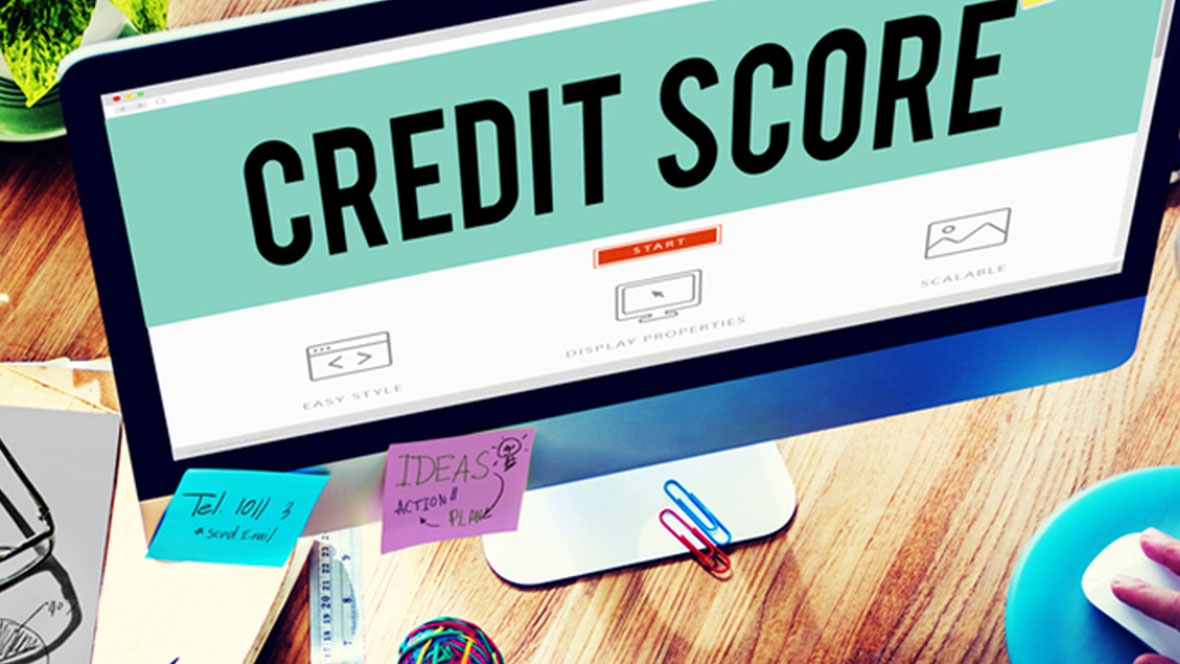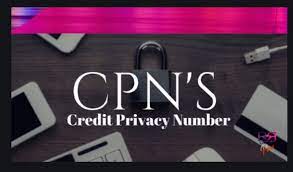One of the most common complaints I hear is “I’ve had this credit card debt for years- and I always pay way more than the minimum- but the balances just never seem to budge”. There are three common reasons I see that contribute to this.

-
Continuing to spend on the card.
This might seem like a no brainer, but in order to most effectively pay off your credit card balance- you need to stop spending on that card. You’d be surprised how many people have ongoing charges on cards they “don’t use and are just trying to pay down”. Netflix, Uber, your card’s annual fee- this stuff adds up. And you’re paying interest on those!
Check all of your monthly credit card statements and if you’ve been unconsciously paying interest on recurring charges that you could otherwise afford to pay off monthly via your bank account or a card that you don’t carry a balance on, stop it.
People unconsciously continuing to spend on their cards are the minority. More commonly, I see people choosing to continue to spend on their cards with balances because they feel like they can’t continue to keep “paying off as much” if they stop. Newsflash: you aren’t paying off more of your existing balance. You’re paying interest on new charges, and the worst part is that you’re likely cloudy on how much of your payment is going towards the old balance versus interest. Which lead’s me to the next reason: -
Not Actually Putting Enough Towards the Balance
What I’ve noticed is that usually, when someone doesn’t have a well-planned credit card debt pay down strategy and they have multiple cards, the amount being paid towards each credit card is proportionate to the balance rather than the interest rate, your spending habits, or the card benefits. High balance? Bigger payment. Low Balance? Smaller Payment.
For example, you might have one card with a $3,000 balance and a $60 minimum payment- $200 gets sent to that one. Another card have a $30,000 balance with a $300 minimum payment, that one get’s $1000.
Unfortunately, usually the smaller balances I see are on store cards (think Bloomingdales, Nordstrom, Lord and Taylor). The interest rates are lower (think 12% not 22%) and they get paid down and then charged back up with a few purchases before the balance is ever eliminated.The cards with bigger balances are usually general cards which are a bigger burden, but which also typically have much higher limits and get used for general purchases too. So the $300 minimum payment, plus your $500 in groceries means $200 is actually really going to your bigger debt. Factor in interest, any emergency, or the card’s annual fee, and just keep on paying. Most month’s you likely don’t end up making a dent.
-
Misunderstanding Your Card’s Costs, Features, and Benefits.
When I first started working as a financial planner, I was shocked at how many people really don’t understand how credit cards work. Even worse, the value of points and other card perks often get way overestimated.
For instance, in the past American Express cards had to be paid off in full every month. You just couldn’t carry a balance- they wouldn’t let you. But now, some of those cards that were previously pay in full have a “pay-over-time” feature. This is amazing if you’d like to make a purchase you can’t pay in full right now and make a fully informed decision to pay interest in taking longer to pay it off.
The feature actually does what most people probably wish their other credit cards could do. It let’s the “pay-over-time” balance be paid over time with interest while requiring you to pay your normal monthly expenses in full so you aren’t accumulating credit card debt and paying interest on what you can afford to pay now.Unfortunately, once you enroll in the pay-over-time feature, all charges over a certain threshold get rolled into this balance to be paid over time. For some people, I saw the threshold was as low as $100. So, they were unknowingly paying interest on their dinner tabs and cheap plane tickets for months when they would have happily paid those expenses full had they known. They had to call Amex to raise their thresholds above what they’d normally spend so that they could choose to call in and opt things into the pay-over-time balance when they wanted.
Another factor is not understanding the value of points. For the average person who doesn’t travel excessively or own a business that spends in categories where points have more value than cash back, a good cash back card is much more valuable than a points earning card. Why? Because points are a pain in the butt, and usually there are multiple cards with multiple points structures and they don’t always fit cleanly into what you’re looking to spend money on.
And if you’re one of those people who convert points to statement credits you’re absolutely losing out compared to a cash back card. The conversions are almost always just crappy. You’re usually better off, having a card that gives 1 or 2% cash back in general and then bonus cash back in certain areas you spend in, and then using that money to pay down your credit cards or put into a vacation fund earning another 1% or more. Less headache and likely more money in your pocket.
One of the most common credit card questions I get is “should I get/keep/close this card because of the annual fee”. The only way I can answer this is to ask what the features are and do the math. If a card has a laundry list of perks that seemingly justifies it’s $95 fee, but you look at the perks and realize the only perk you’d use is free checked bags, then the question is would you $95 to have free checked bags for a year? If your answer is no, it’s not the right card for you. I have a card with a $450 annual fee- and I get more than $450 worth of benefits and would pay $450 per year for those benefits in a heartbeat. That makes sense to me.
You always need to remember that what is “cheap” or “expensive” has to do with the value you receive not the price tag.
The Solutions?
I can’t go over every single thing I’ve seen, but suffice it to say my opinion and my experience says a great way to finally eliminate your credit card debt is to follow the elements of this plan whenever possible:
- List all of your credit card balances, interest rates, annual fees, and minimum payments
- Call your credit card companies to find out what you’re really getting out of your card (benefits) and how the features work
- Decide how you’re going to tackle the paydown (highest interest rate, lowest balance, etc.)
- Make a plan to charge all of your expenses and recurring subscriptions to your debit card, if possible
- Pay the minimum payments on all of your cards each month, putting all of your extra money to the one you want to pay off first the most
Once you’re out of debt and/or well on your way and having a better handle on your spending, there’s often nothing wrong with charging all of your monthly expenses to a credit card that has features and benefits that work for you (even if it has an annual fee)- just pay your new expenses all off in full. If you don’t trust yourself to do that then consider cutting up all your cards- they’re not for you. No perks, points or cash back are worth 10%+ in interest.
Source: Nicole Peterkin [https://blog.peterkinfinancial.com/]









